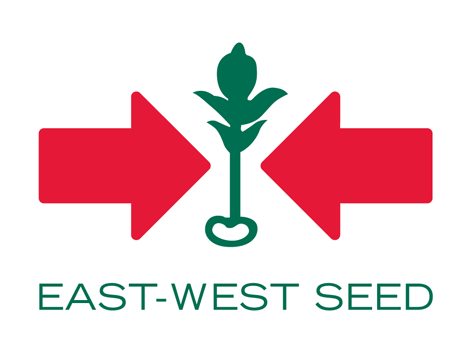Causal Agent:
Fungi Cercospora canescens)
| Characteristic Symptoms: | |
 |
Leaf spots are circular to broadly irregular, reddish brown. |
 |
During heavy infestation, the leaves have leathery, dark-reddish-purple appearance. |
 |
Under warm and wet conditions, the lesions coalesce and the leaves may appear blighted. |
| Conditions for Disease Development: | |
 |
The disease is common in humid tropic and subtropical regions. |
 |
The pathogen survives between crops on crop debris. |
 |
Conidia/spores are air-borne and are disseminated by wind, rain splashes, tools/implements and field workers. |
 |
Infection requires free water and is favoured by temperatures between 26-32°C, in which the disease develops rapidly with new infections occurring every 7-10 days. |
| Management and Control: | |
 |
Good field sanitation (i.e., remove and destroy infected plants/plant parts) can help eliminate inoculum sources in the field.
|
 |
Crop rotation with non-host crops for 2-3 years will ensure elimination of inoculum in crop residues. |
 |
A regular spray program of copper-based fungicides (e.g. Cupravit®, Super BlueⓇ, Vitigran blueⓇ, FunguranⓇ, KocideⓇ, Hydroxide superⓇ) and chlorothalonil (e.g. Daconil®, Agronil®, Yoda®, Rover®, Yoda 500Ⓡ) may help reduce incidence and severity especially when crops are susceptible and conditions are favorable for disease development. |
 |
Use resistant varieties, if available. |
To view other diseases, click here.
Need more help? Ask the Doctor.




